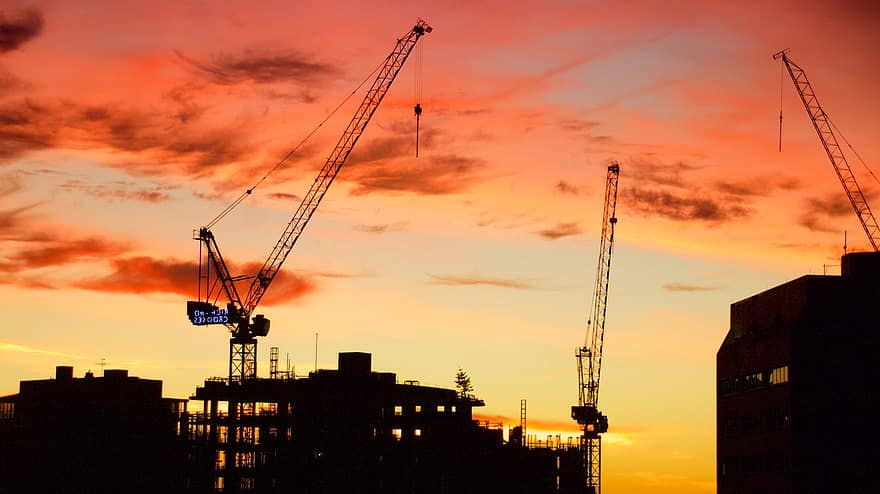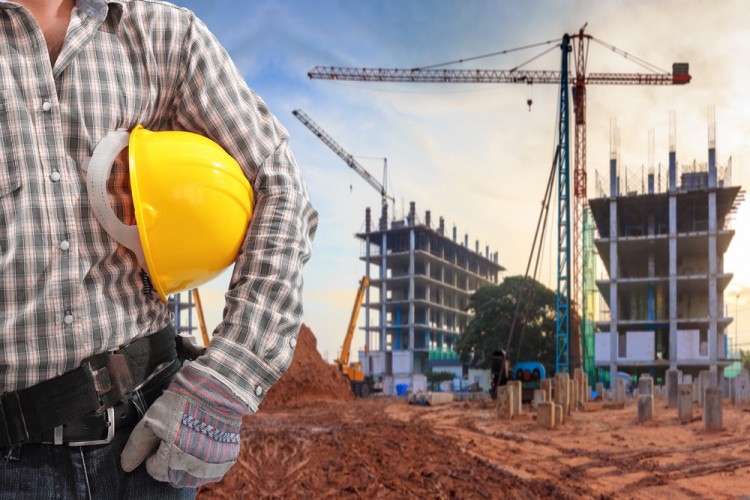
Kenya needs to build about 200,000 new housing units every year in its cities just to keep pace with population growth and rocketing demand, according to a World Bank Group study.
This means finishing construction of more than 500 houses every day, a truly monumental undertaking—and one that will certainly take its toll on the environment, including through increased water and power consumption when the buildings are occupied.
The government is taking the task of house building seriously, having made affordable housing one of the pillars of its Big 4 Agenda. Developers, the construction industry, and the government too should also place a high priority on ensuring that these homes are built in a sustainable way that minimizes their impact on the environment.
The reason? Buildings and their construction together account for 36% of global energy use and 39% of energy-related carbon dioxide emissions annually, according to a 2017 United Nations Environment Program report. One way for Kenya to achieve its goal of reducing greenhouse gas emissions by 30 percent by 2030 is to make new—and existing—homes and other buildings more resource efficient. The way to do this is through green building technology. So-called ‘green’ buildings are built with environmentally friendly materials and often fitted with solar and wastewater recycling equipment to reduce their environmental footprints.
Green Building
A green building might also minimize resource use thanks to natural lighting and ventilation designs, a rainwater harvester, dual-flush toilets, and low-flow showerheads and taps. Many of these features are becoming commonplace in Europe, North America, and elsewhere—and should be integrated into home construction in Kenya too.
Green buildings not only serve the planet well, but also ease the pressure on cities struggling with erratic water and power supplies. Those living in green homes benefit directly thanks to reduced utility bills. The good news is that Kenya’s State Department of Housing and Urban Development has committed to embedding green features in the country’s affordable housing program.
It has adopted IFC’s EDGE green buildings standard, a web-based tool designed to help developers reduce their buildings’ energy and water use by at least 20%. EDGE can be applied to both residential and commercial buildings and also promotes efficient building technologies.
The Kenya Green Building Society (KGBS) is another flag bearer for the country’s green building movement. The non-profit group offers guidance to businesses to help them reduce the environmental impacts of their buildings, including by using the EDGE tool.





